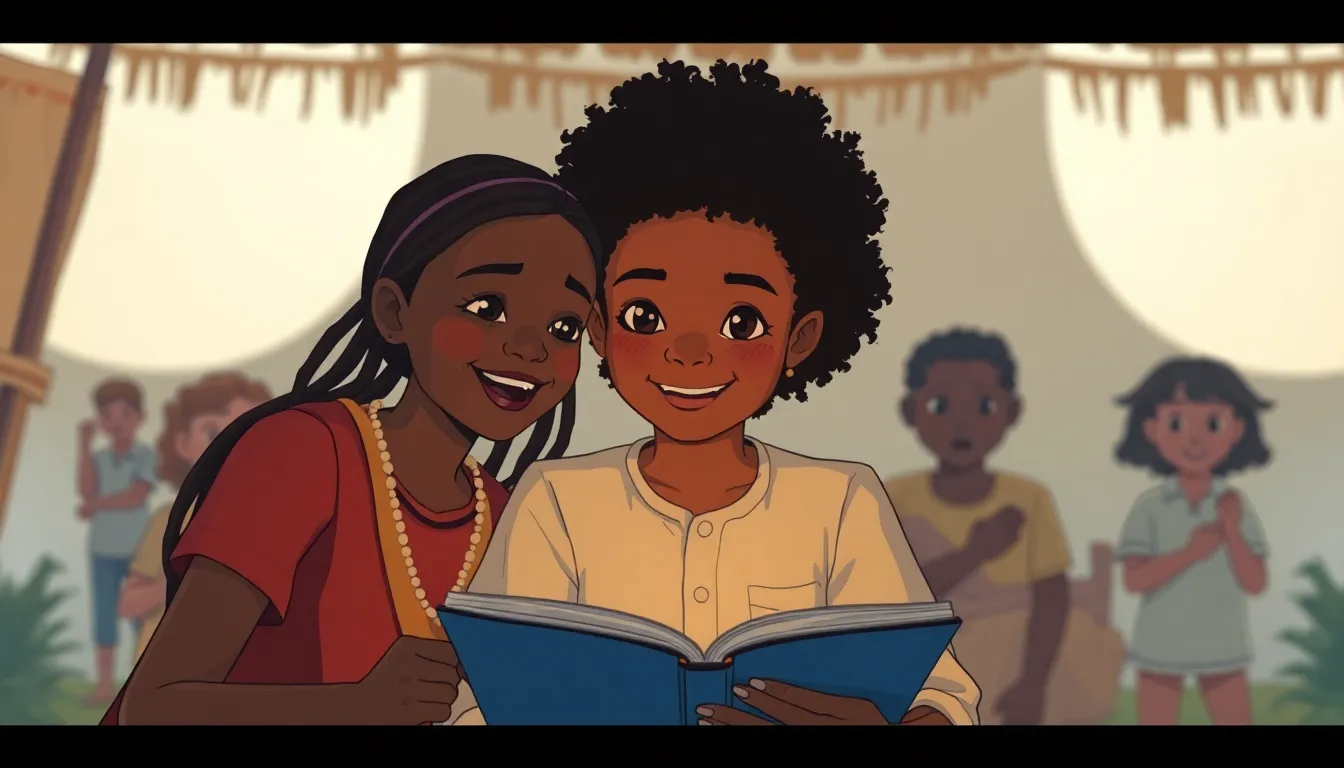
Exploring Colonialism: Past, Science, and Today 🌍
Introduction
Colonialism shaped world history by linking distant peoples through power and trade.
Understanding it helps us see why modern societies look the way they do.
1. What Is Colonialism?
Colonialism occurs when a stronger nation controls another territory’s government.
The colonizing power often forces new laws, languages, and economic rules.
Colonists usually claim land, extract resources, and settle families there.
Local people may lose land, jobs, and cultural traditions because of this.
Critical thinking: If you owned a farm, how would you feel losing it overnight?
2. Science, Disease, and the Environment
Colonial voyages carried plants, animals, and germs across oceans.
European ships introduced smallpox, which devastated many Indigenous populations.
Scientists later studied these disease patterns to develop vaccines and public‑health tools.
Colonial powers also moved cash crops like cotton and rubber to new continents.
These crops altered soil chemistry, water use, and local wildlife habitats.
Deeper science: Photosynthesis rates can change when forests are replaced by plantations.
3. Economic Legacies and Modern Connections
Colonial economies focused on exporting raw materials to the colonizer’s factories.
Today, former colonies often still export the same goods, limiting industrial growth.
Current events show debates over reparations for historic exploitation and land loss.
Movements such as “Decolonize the Museum” aim to return artifacts to original cultures.
Real‑world application: studying trade data helps us propose fairer global agreements.
4. Cultural Exchange and Identity
While oppression occurred, colonial contact also mixed languages, music, and cuisine.
Hybrid cultures, like Creole languages, illustrate resilience and creativity.
Students can explore family histories to see how colonial pasts influence personal identity.
Mini Quiz & Simple Experiment
Quiz (Choose One Answer):
- Which disease spread most widely during early colonial periods?
a) Influenza b) Smallpox c) COVID‑19 - What is a common cash crop introduced by colonizers?
a) Wheat b) Cotton c) Rice
Experiment – Growing Two Plants:
- Plant two bean seeds in identical pots.
- Give one extra fertilizer, mimicking a “colonial” resource boost.
- Observe growth differences over two weeks.
- Discuss how unequal resource distribution can affect development.
Conclusion
Colonialism is more than old wars; it influences science, economics, and culture today.
Ask yourself: How can we use this knowledge to build fairer societies?
Keep exploring history, ask.